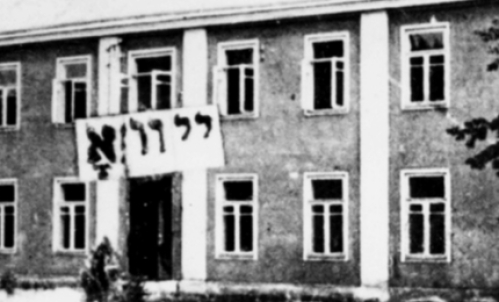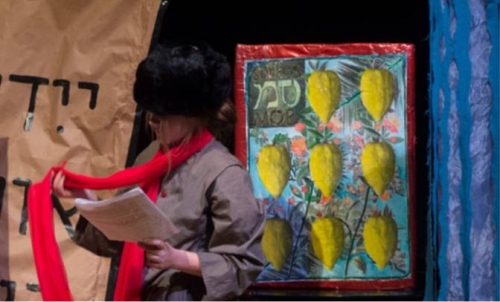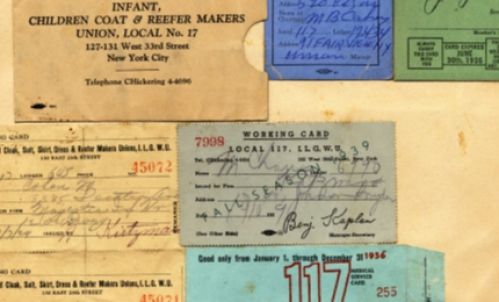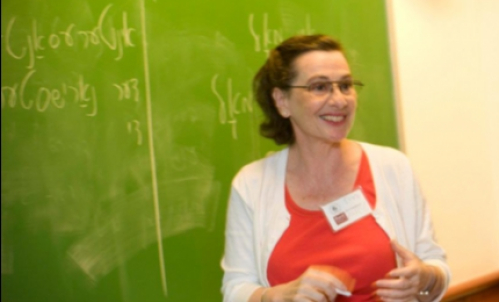Instilling Yiddishkayt into Zionism

|
Yiddish Civilization Lecture Series
Admission: Free |
Dina Porat | Delivered in English.
Determined neither to allow the Holocaust to erase East European Jewish culture nor to permit Zionism and the kibbutz to beget a lifestyle devoid of ceremony and Jewish content, the WWII partisan, poet and intellectual Abba Kovner tried to create a new kind of community at Kibbutz Ein HaHoresh. Beginning in the early 1950s, within a society that in theory was supposed to distance itself from Jewish tradition and create a new lifestyle, Kovner forged his own synthesis between old and new. According to his good friend "Yitz" (Rabbi Irving) Greenberg of New York, part of Kovner's greatness was his understanding that Judaism's internal significance was not limited to time or place, and that there was a need to bridge the gap between what had been and what should be. "After the Holocaust, he was ready to scrap the old ways and start anew. He created a combination of Jewish values and secular realism, of continuity and innovation." Kovner considered Judaism as "a consensus within a difference of opinion" and difference of opinion as "the cornerstone of Jewish culture," and he was prepared to continue building from within the disagreement. Kovner rejected the approach of the movement's leaders, who themselves had come from religious or traditional homes but had adopted the movement’s motto that "the old world had to be razed to its foundations," and who loathed the idea of returning to the customs of the Diaspora. From the day of Kovner's arrival in Eretz Israel, they were suspicious that he would try to put a skullcap on the movement's head. However, year after year, holiday and festival after ceremony and anniversary, instead of confronting them, Kovner would suggest yet another idea, attempting to change habits from within until the kibbutz was a complete creation, a Jewish-kibbutz-collective whose existence would draw its inspiration from the Jewish foundation, which would in turn be renewed through the existence of the kibbutz. Replacing kibbutz ideology with Judaism would mean admitting that the kibbutz movement had failed to create a society of value and significance, unthinkable for the movement's leaders in the 1950s; only a combination would be acceptable, if that. Kovner wanted to integrate the two to perpetuate not only the Jewish community that had been destroyed but also the lost youth movement, his European HaShomer HaTza’ir.
About the Speaker
Prof. Dina Porat is the founding head of the Kantor Center for the study of Contemporary European Jewry and served as head of the Department of Jewish History, of the Rosenberg School for Jewish Studies, and as incumbent of the Alfred P. Slaner Chair in Antisemitism and Racism – all at Tel Aviv University. She served as the Chief Historian at Yad Vashem (2010-2021) and is now its academic advisor.




